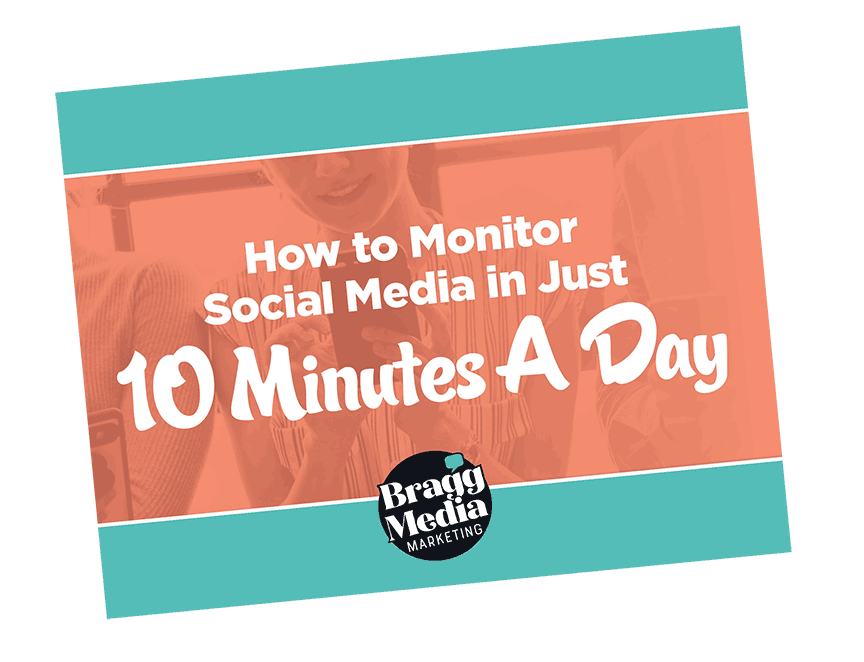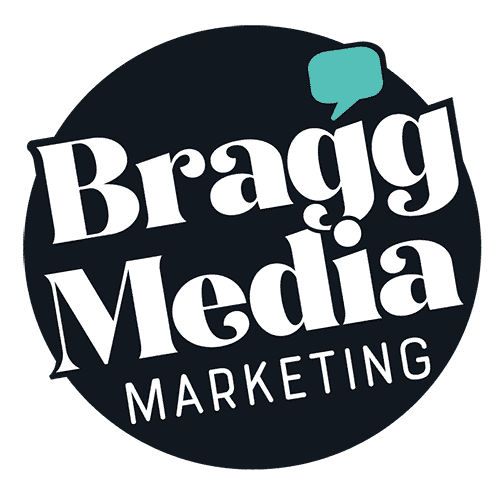
You’ve just spent a significant portion of your marketing budget on a brand new website. You’ve sat through countless meetings with the website agency. You’ve tested the website. You’ve gotten unsolicited feedback from your wife’s cousin’s best friend.
Now, you’re ready for leads from your new marketing investment.
But when will the leads come?
You can’t have leads without traffic coming to your website. To convert traffic to qualified leads, however, takes a holistic approach to your marketing.
Here are 6 ways to increase traffic to your website:
 Website Design
Website Design
Affordable website design with a process that works for you.
Ensure your new website is outfitted with good Search Engine Optimization
Don’t be fooled into thinking that SEO means lots of keywords will get you on Page 1 of Google. After more than 20 years in cyberspace, older websites have already cornered the market on high-ranking keywords on Google.
Good SEO should incorporate a slew of strategies. Here are some best practices:
- If your content offers statistics and concrete facts, link to expert websites. This shows Google that you’ve done your homework and you have a quality site.
- Link to other pages within your website when it makes sense.
- Optimize images and minimize the use of animation. Page speed is a huge factor.
- Responsive design is great, but are clickable links too close together on mobile or is the font size too small? Upload your sitemap to Google Search Console to identify areas of improvement.
- If you have a WordPress website, make sure you have an SEO plugin — such as Yoast, SEO Press or All-In-One SEO. With these tools, you can edit the meta description — titles, descriptions and keywords. You also can edit how each page will appear on Facebook and Twitter.
Write blogs to create direct pathways to your website
Well-written blog content that is easy to read with content that is truly helpful to the reader can create traffic to your website for years to come. Evergreen content — articles with information that doesn’t change a whole lot over time — can have a compounding effect with your website traffic. Meaning: the blog will increase traffic over time.
For compounding blog posts, think tactical, not topical. These blog posts include information on broad subject matters — how to do something or reviews on products or services. Try to answer important questions about your topic that seem to confuse the general public: Why is it important? Why do I need to do this? Use headlines like “How to get traffic after you launch a website” instead of “Website traffic is important.”
Keep the reader’s attention with subheadings, infographics that can be pinned to your Pinterest board, videos and links to other resources. All of this builds trust in the eyes of your potential customers. When they see you confidently publishing content about your industry or your business, they see you as an expert.
Your website’s blogs and pages also have another important function — pre-qualifying leads. Explain how your product or service works with details of your process, answer Frequently Asked Questions and let people visiting your website know what type of a customer is a good fit for your business.
Need some more ideas? Here are 10 ways to come up with blog ideas.
Create quality lead magnets that capture contact information
The cornerstone of inbound marketing website are lead magnets — pages on your website that offer something free such as an ebook, whitepaper or on-demand video tutorial in exchange for contact information.
Be sure to connect your website to a Customer Relationship Management (CRM) service, such as HubSpot or MailChimp. When integrated properly with your website, a smart marketing agency will be able to automatically capture contact information into a database and save that lead into a certain group or segment.
In addition to positioning you as an expert in your industry, lead magnets also help pre-qualify leads. Create a free whitepaper of inspirational ideas based on your case studies. Potential customers interested in how you work and what kind of results they can expect will love this information. For the DIYers or the looky loos who want to steal your ideas, they can now sign up for a download instead of wasting your time by going through your sales process.
Need some ideas on how to create free downloads? Check out our free ebook with ideas and inspiration galore. (See what I did there?)
Use social media to post about your website’s content
Create posts on Facebook, Instagram, LinkedIn, Twitter and even Instagram to promote the content from your website. With SEO plugins and some social media scheduling tools, you can choose different photos and craft new headlines specifically for each social media platform.
Each social media outlet should have different strategies. Pin infographics to your Pinterest boards that link to your blogs. The lifespan of a Pinterest pin is 4 months while the lifespan of a Facebook post is 6 hours.
Start a private Facebook group that promotes blogs, ebooks, video tutorials and other content from your website. Communicating directly with current customers and potential customers helps ensure the right people are going to your website.
With social media strategies, the best outcomes are those that bring traffic to your website.
Send pre-qualified traffic to your website with e-mails
Thanks to modern marketing technology, you can automate your e-mail marketing to send appointment reminders, thank you emails for downloading the free ebook and follow-up e-mails to offer more content and encourage your audience to buy your services or products.
Set up drip e-mail campaigns, a series of emails that are pre-scheduled to send when people meet certain triggers, such as filling out a certain form or responding to an ad. A monthly e-newsletter is a great way to keep your customers informed about new changes in your industry, upcoming sales or product launches, promoting new blogs, etc.
By using your website links in your e-newsletters, you’re bringing in qualified traffic to your website.
Last, but not least, consider social media advertising or Google pay per click advertising
While the above inbound marketing strategies think about the long-term traffic to your website, digital advertising is a great way to give you the extra push to expose your website to even more potential customers.
Social media advertising and pay per click search advertising can drain your marketing budget very quickly if you’re not monitoring the progress and targeting the right audience. That’s why it’s best to identify, monitor and track Key Performance Indicators (KPIs) to understand which ads are working for you. Check out this blog on the website metrics that really matter.
Looking for a website?
Check out how we serve these markets:
Free Ebook!

Stay connected and engaged with your audience by learning how to optimize social media monitoring and responses!
